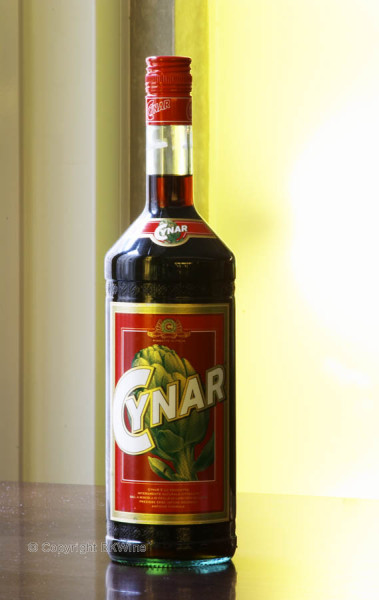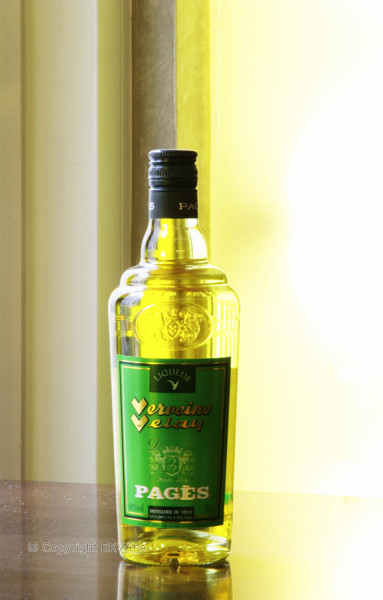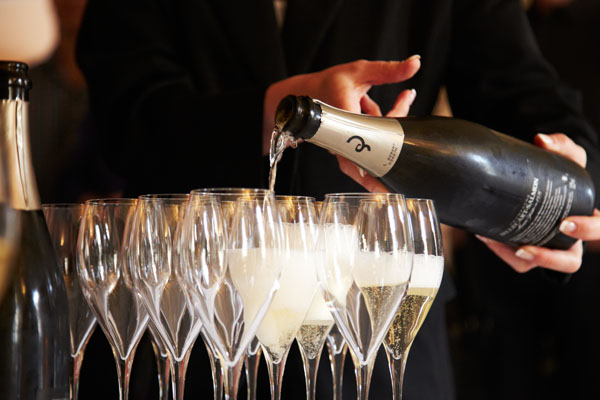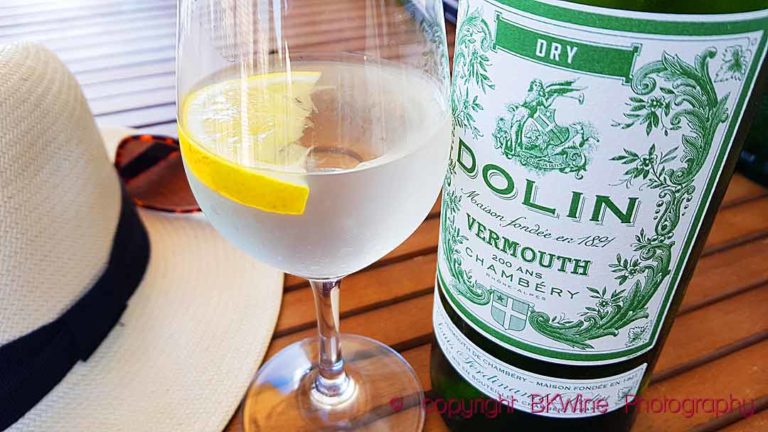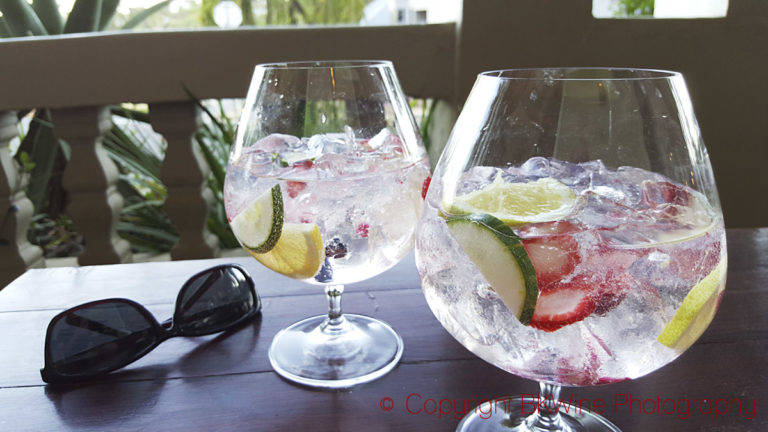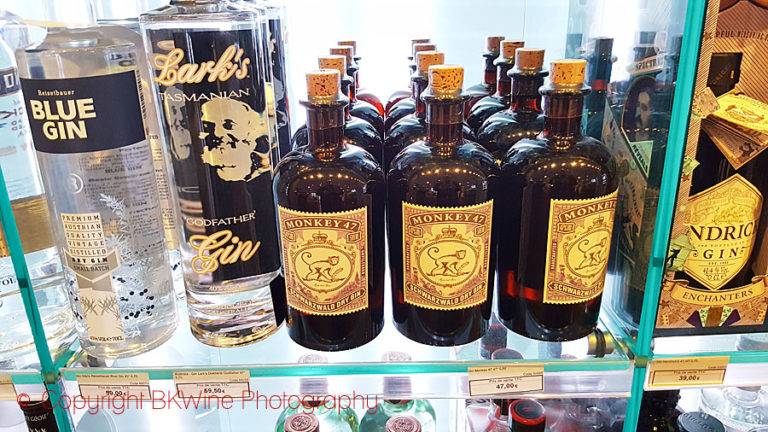L’heure d’apéritif, the best moment of the day? Yes, at least those days when you are allowed an aperitif (which is not every day). Aperitif time is a quiet moment before dinner or mingling with guests before sitting down to dinner.
But how do you choose your aperitif? You can, of course, simply have a glass of white wine or a glass of sparkling wine. But there are also a number of aperitifs designed to be just that, aperitifs. To be drunk before dinner to stimulate the appetite. Some of them are classics by now. They have remained popular since the 1800s. Others are still out there, but feel unfashionable and a bit dated. But maybe that is just my imagination. They might be prosperous and popular elsewhere than in Paris.
For clearly there are regional differences. You will hardly find the pastis drinkers in in the bars in northern France.
In the last issue of the BKWine Brief, we talked about our favourite aperitif, Noilly Prat, the dry vermouth from southern France. We also wondered which aperitif was your favourite. And we have received some answers and comments. Some of you agree with us that Noilly Prat is an excellent aperitif. But you really preferred the old bottle design. (So do we!)
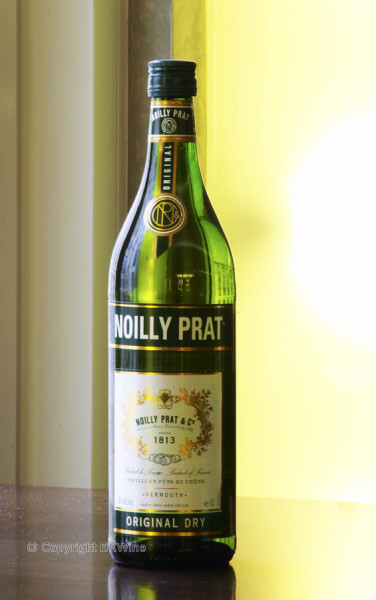
Dry sherry is popular among our reader. One reader spends a lot of time in Andalucía and gladly drinks a fino or a montilla, preferably with various tapas. He has, he says, learned local habits from the “old men at the bars.” (Indeed, a quick learner no doubt.)
Gin and tonic is popular now in the summer. No one has mentioned their favourite gin but several readers are looking for a drier tonic. One reader is using Fever Tree which is not bad, he says, but still too sweet.
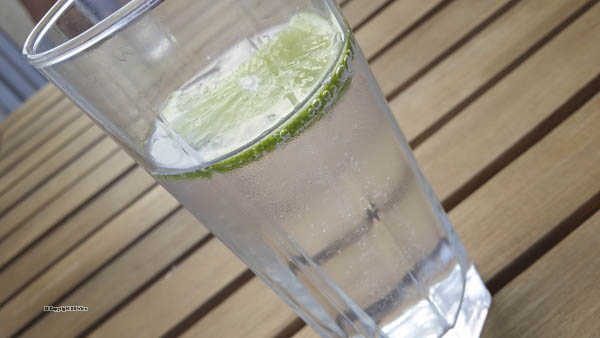
Kir obviously still has its admirers. This is a classic aperitif, invented by Canon Felix Kir, mayor of Dijon after World War II. A kir, at least the original served in Burgundy, is made of Bourgogne Aligoté and crème de cassis. You should never buy ready-made kir in the shop. They are almost always too sweet and it is much better to decide the sweetness yourself when you (or the bartender) blends it à la minute.
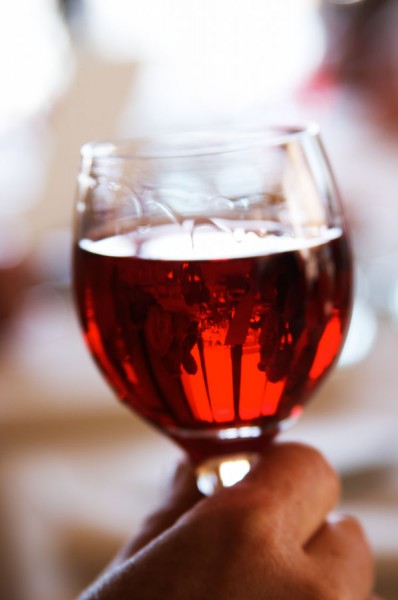
In the 1800s, producers started to make aperitifs with china bark (and the above-mentioned tonic water). The bark contains a substance called quinine which has antipyretic properties. From the mid-1600s quinine was used as a remedy for chills and malaria. And it is well known fact that not only a spoonful of sugar but also a little wine (or gin) makes the medicine go down easier.
Some classic examples of wine-based aperitifs with china bark is Byrrh, Dubonnet and Saint-Raphael. Even though I consider these a little outdated you can get hold of them just about everywhere in France. So probably they are still being drunk. But not by our readers.
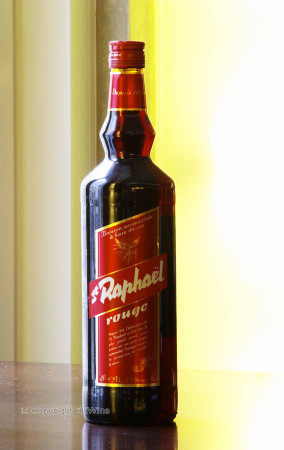
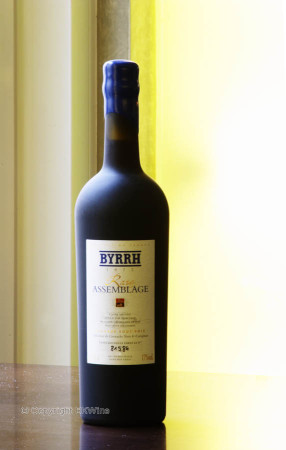
[divider_flat]Some of you, however, are fond of Lillet, the aperitif from Podensac, a small village in the Graves area in Bordeaux. Lillet exists in a white and a red version but I recommend the white which is the original. Lillet is made from Bordeaux wine blended with oranges and other fruits that have been macerated in alcohol. Lillet is not dry but not too sweet either. It you want to try a Vesper à la James Bond you mix gin, vodka and Lillet.
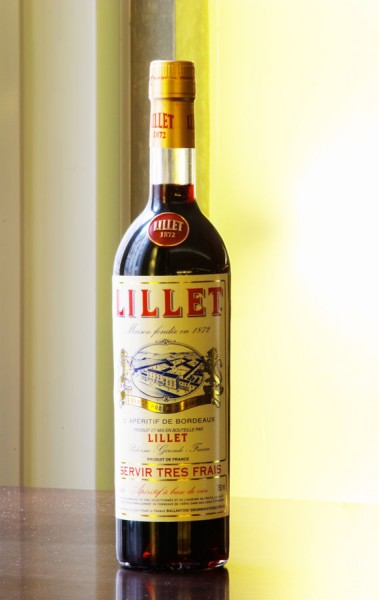
Both Pineau des Charentes and Floc de Gascogne have been mentioned by our readers. These two belong to a group of aperitifs made of grape must (2/3) with added alcohol (1/3). If the alcohol is armagnac, you will get a Floc de Gascogne, if it is cognac, a Pineau des Charentes. There is also an equivalent up in Normandy called pommeau. This is apple juice with added calvados. In this category we also find Ratafia in Champagne, Macvin in Jura and Cartagène in Languedoc
Another French classic that has not received any votes is Suze. We are not so surprised. It is not one of our favourites either. Suze contains gentian root, which is supposed to stimulate the appetite. But the bitter taste requires adaptation. But Suze may well be drunk with ice and tonic and then the bitter taste can be quite pleasant. Well worth trying!
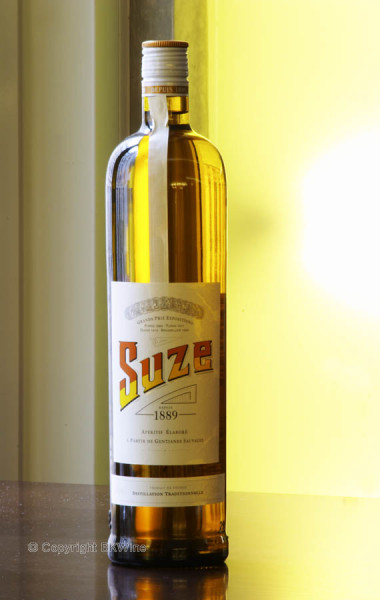
France’s most famous aperitif is apparently not much loved by our readers. This is of course the aperitit from Provence, pastis (or anisé as it really should be called). I sometimes drink pastis, but not often. I am surprised every time that something can taste so much of liquorice. The flavour comes from star anise, liquorice root and Provencal herbs. These will soak in alcohol. Sugar is added. You always add water when you drink pastis. Anise contains anethole, an oil that is said to be good for your stomach. It crystallizes when you add cold water and thus gives the drink a somewhat milky appearance. In reality it is not that common an aperitif in France. Yes people drink it but mostly in the south.
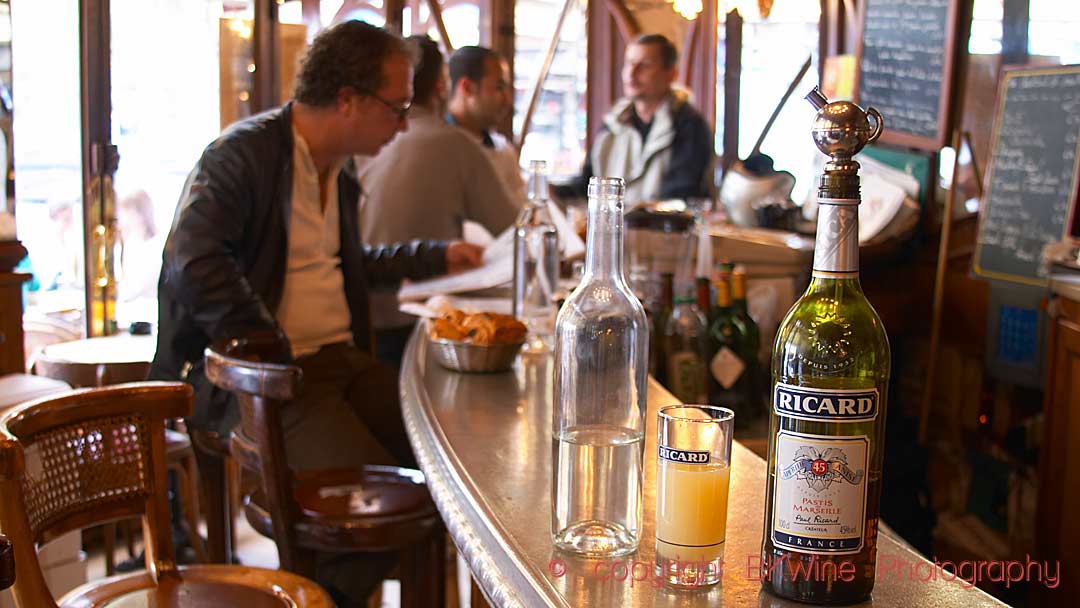
Sparkling wine is of course popular among our readers, be it champagne, cava or prosecco. Someone also mentioned a good beer. One suggestion I have yet to try was Cognac and Schweppes.
I can only conclude that the aperitif hour is too short. With all these aperitifs to try.
[box type=”info” style=”rounded” border=”full”]The local aperitif is something to discover on any wine tour. Join us on a wine tour with BKWine and you will have the opportunity to explore many exciting wines and aperitifs.
Travel to the world’s wine regions with the experts on wine and the specialist on wine travel.
A unique wine experience![/box]
And some more:
